I used to be an avid (amateur) photographer back in those times when you either shot film, or drew/painted, to create images. Simple happy times those were… Then, around the turn of the century, digital imaging took over the photographic world like a tsunami. Sadly, film was the victim of the said flood. So badly so, that finding film in my home town became next to impossible somewhere around 2006, or so. Most camera shops gave up developing film rolls and those who didn’t, hoisted their prices ridiculously high. I took a long hard look at all the fancy new digital equipment, but found it quite unappealing. So, with a heavy heart, my camera gear was confined into the back of a closet in my study. End of story? Well, not quite…
The itch didn’t fade and when I run into a very affordable Black Friday offer on a digital SLR, I thought “What the hell… might as well give it a try”. So I did go and bought me a micro 4/3 frame and a 25mm standard lens for it.
I, however, never quite got along with that camera, try as I might. There was nothing wrong with the pictures, quite the contrary. The little digital bugger was producing sharp and contrasty pictures at a consistent rate. The problem was it being digital. Digital technology makes it possible to cram zillions of functions into any digital device. Naturally then the engineers designing those devices WILL always cram zillions of functions into any given device or machine that utilize digital platform. The
more, the better, right?
There is around 14 buttons, switches and toggles on my digital camera. I never found the strength to even try and find out the purpose of all of them. Once, when out shooting, I accidentally pushed some, god-knows-what, button and thus promptly rendered the camera inoperable. Took me the best part of the afternoon to try to reset the damned thing. Taking the battery out finally did the trick and, of course, irked me to no end. When I’m shooting with any of my 35mm cameras, I set the aperture, set the speed, focus/compose and trip the shutter and voilá, picture taken. It really doesn’t have to be any more complicated, than that!
Late in 2019 I noticed, to my surprise, the resurgence of film photography. Film was suddenly available everywhere again. I promptly dug my Olympus OM2n out of the confines of the closet and loaded it with some classic Kodak Tri-X 400 black and white. Before I was able to find the time for a nice little photowalk, all the hell broke loose in the form of Covid-19. Fast forward a couple of years, the restrictions were lifted, shops, bars, etc. opened, life returned into, more or less, normal, and I finally got to test shoot the Oly. During the span of few weeks, in the turn of 2022-23, I finished the roll in and around my home town.
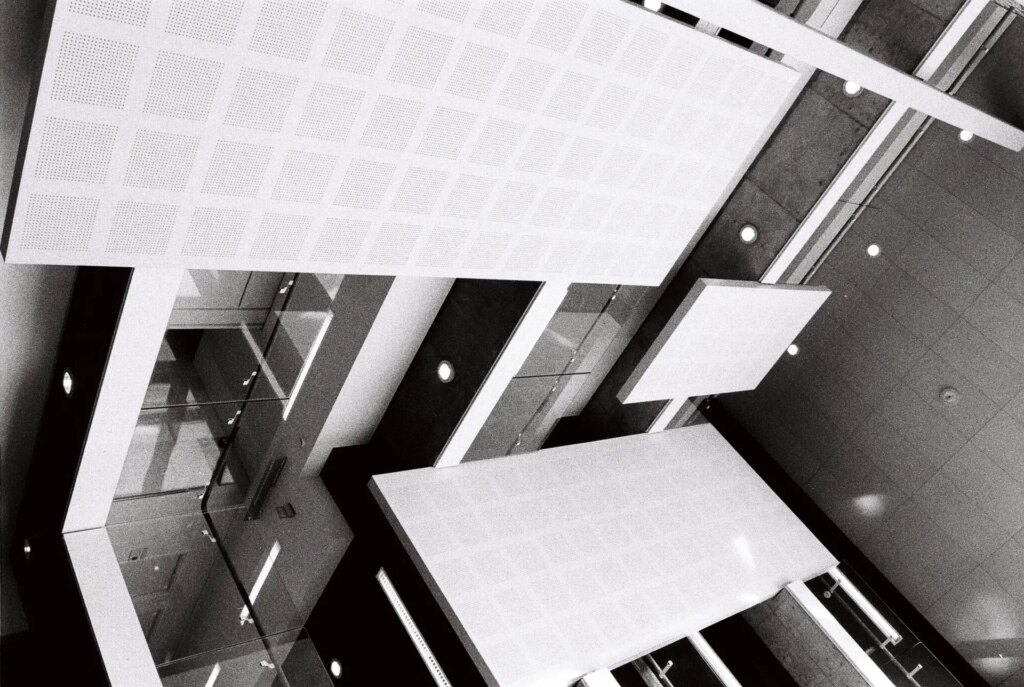
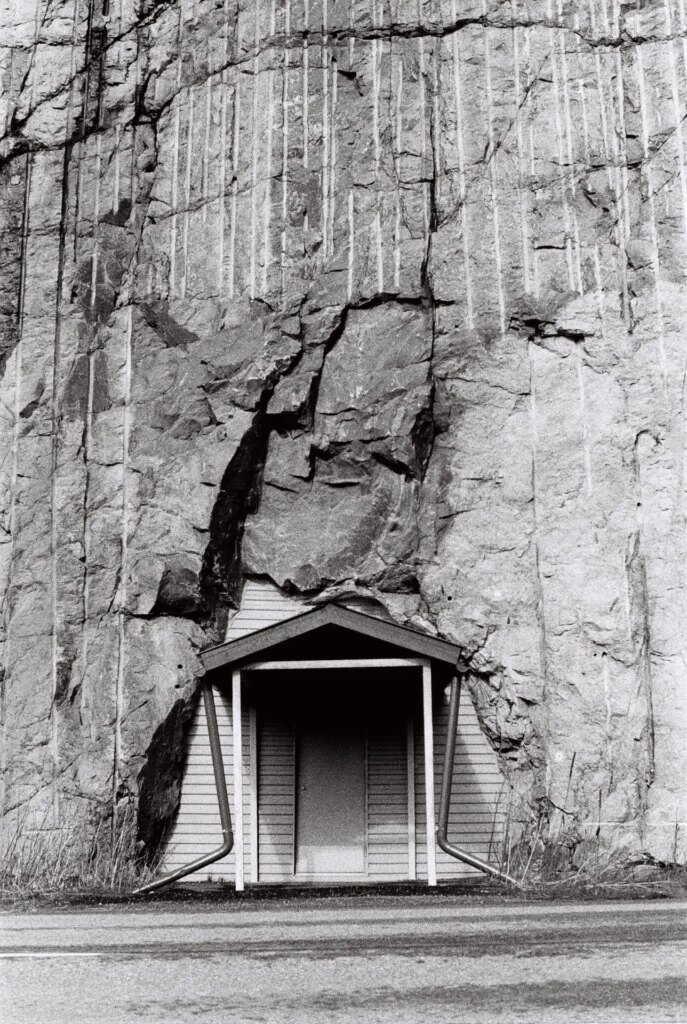
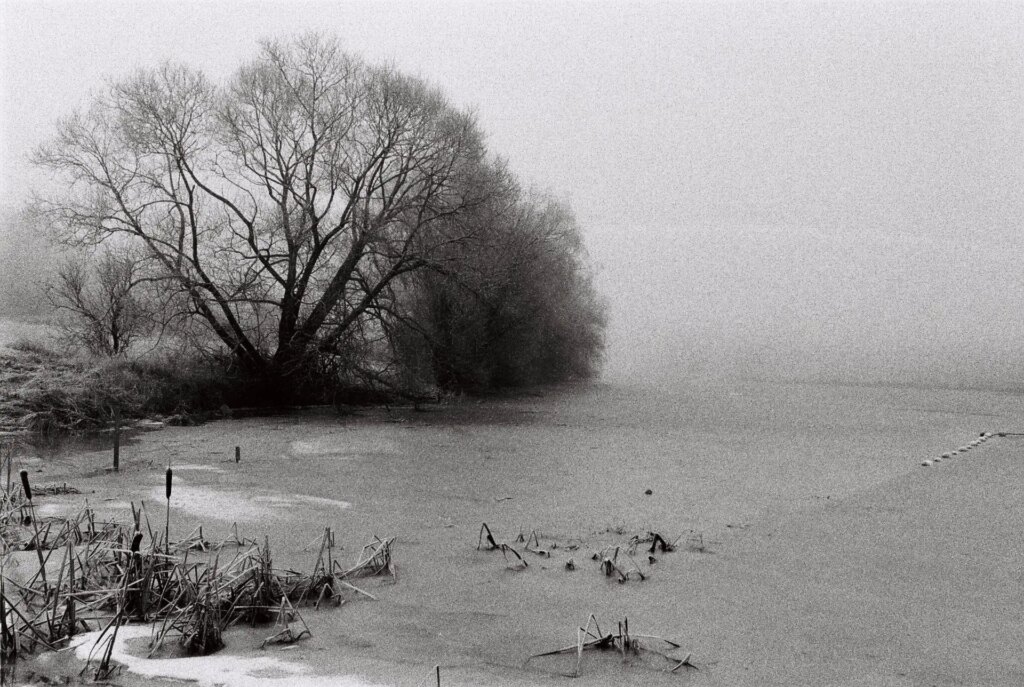
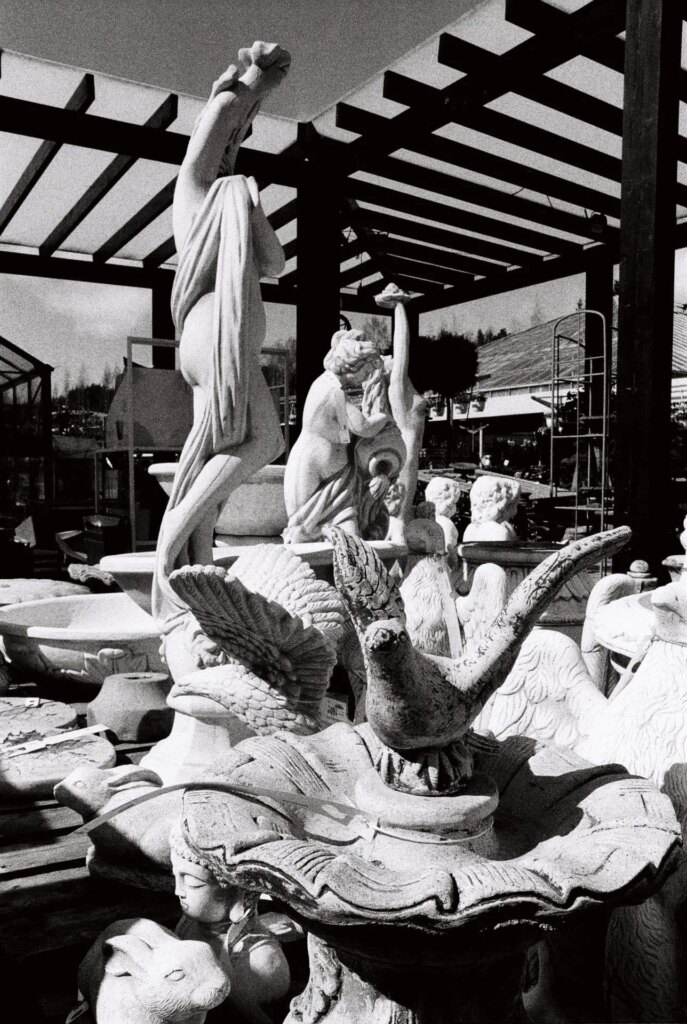
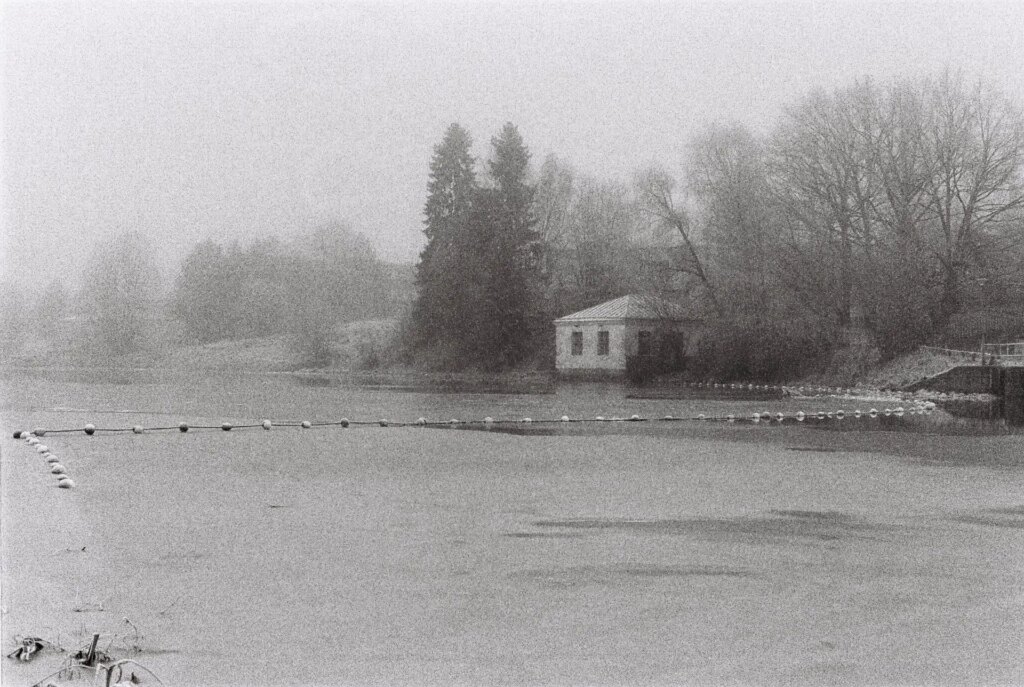
Share this post:
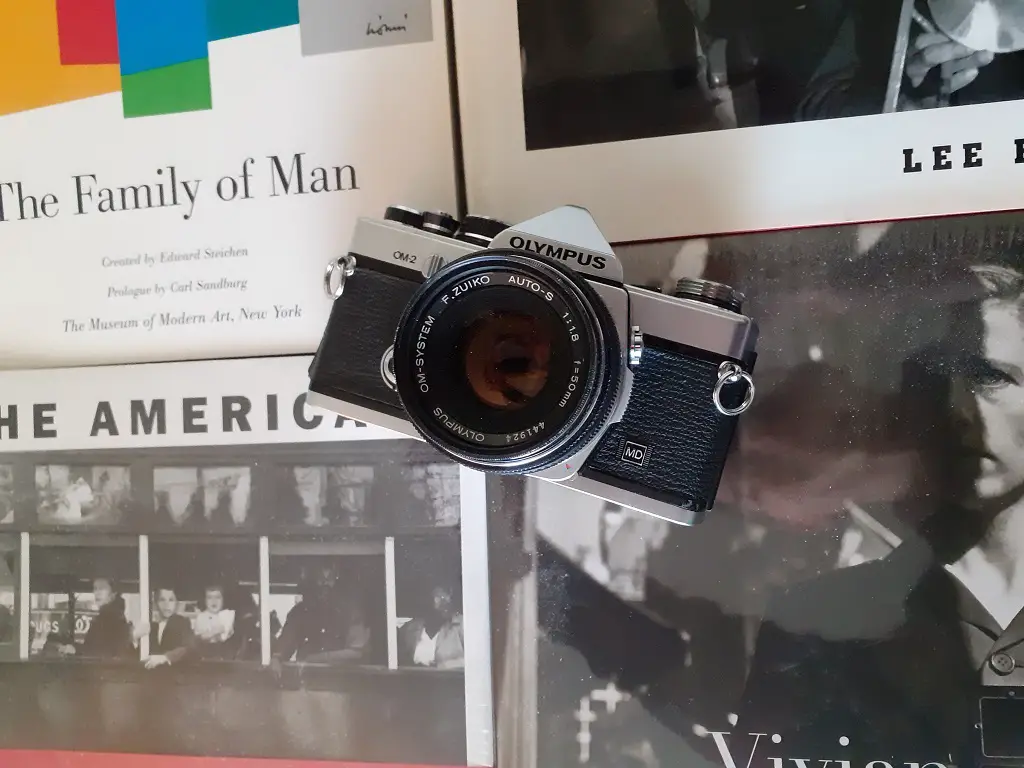
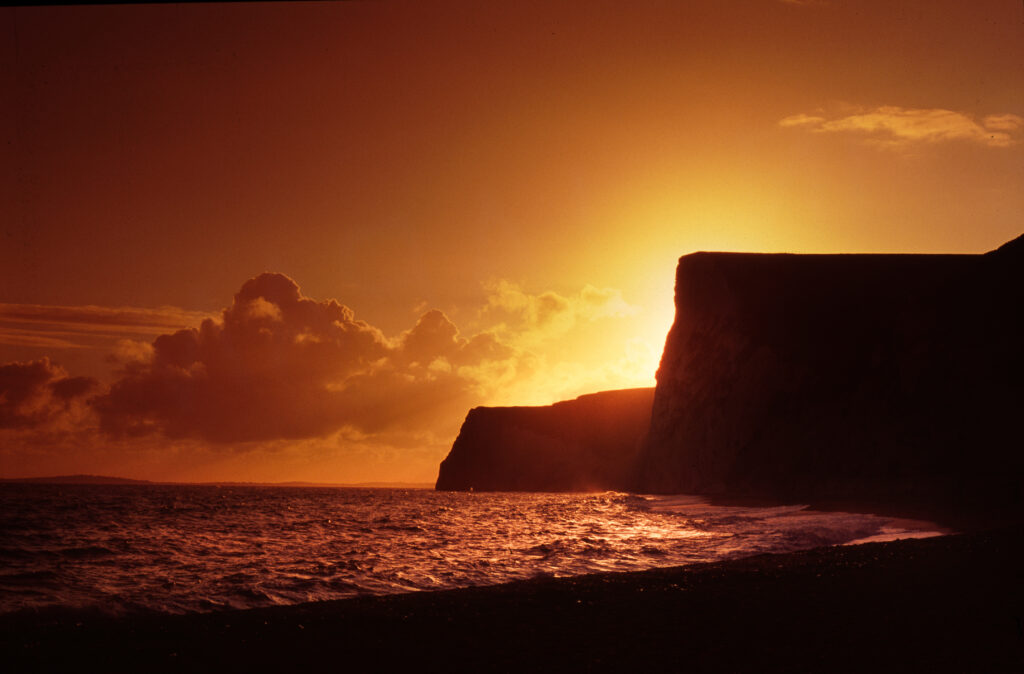
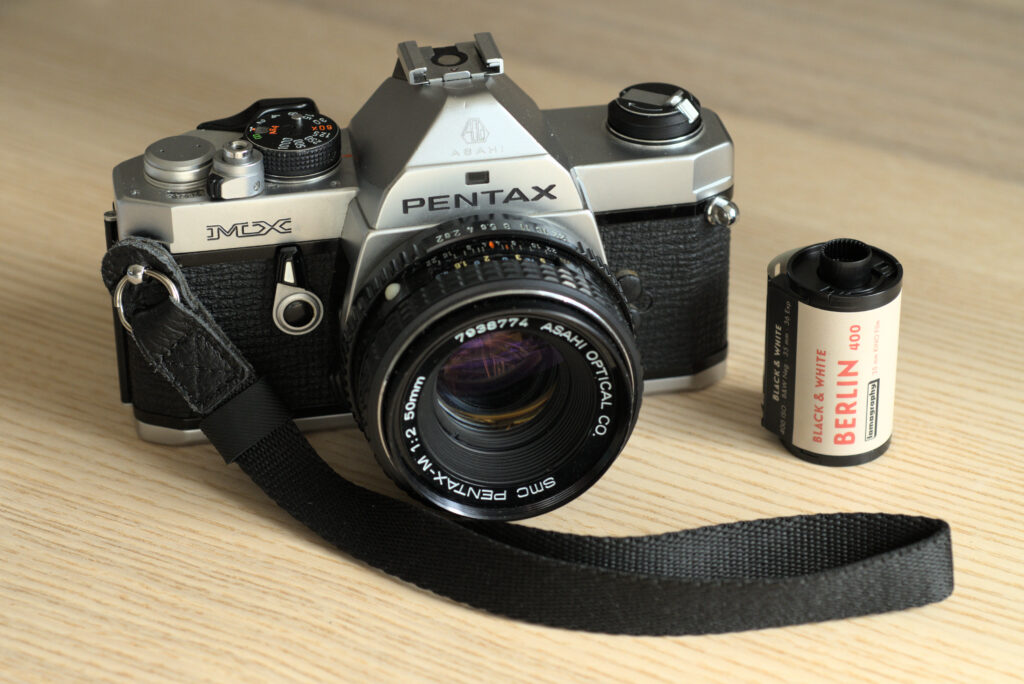
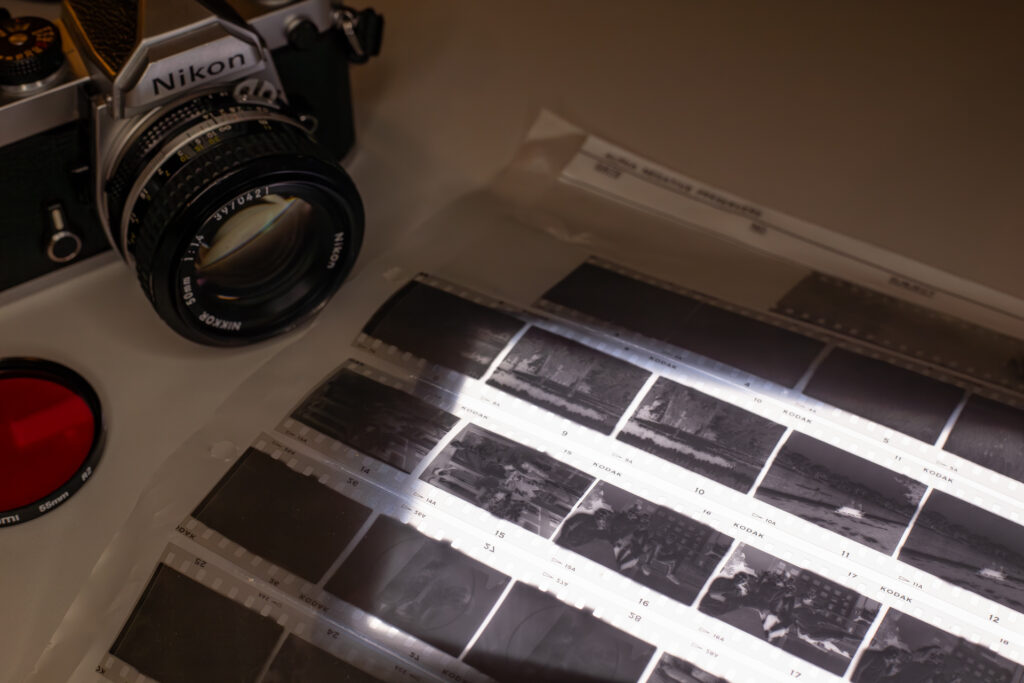
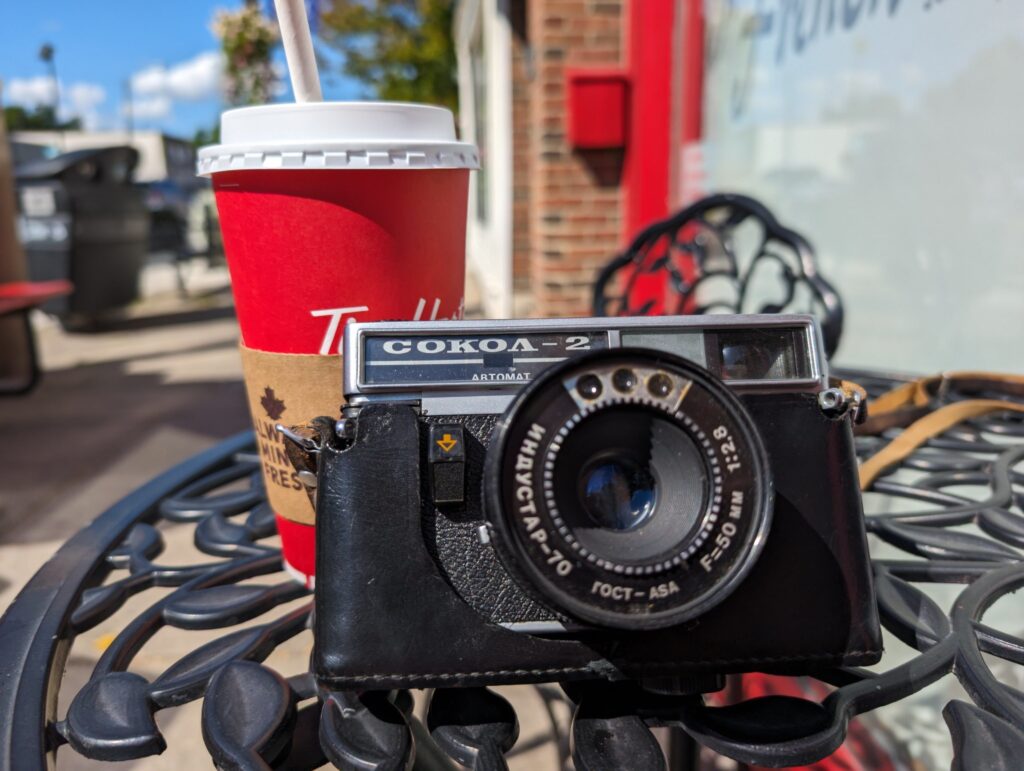




Comments
Stephen Hanka on 5 Tri-X 400 test roll Frames, in an Olympus OM2n / my return to REAL photography
Comment posted: 26/06/2023
Comment posted: 26/06/2023
Comment posted: 26/06/2023
Comment posted: 26/06/2023
josh on 5 Tri-X 400 test roll Frames, in an Olympus OM2n / my return to REAL photography
Comment posted: 26/06/2023
Comment posted: 26/06/2023
Gary on 5 Tri-X 400 test roll Frames, in an Olympus OM2n / my return to REAL photography
Comment posted: 27/06/2023
Comment posted: 27/06/2023
Geoff Chaplin on 5 Tri-X 400 test roll Frames, in an Olympus OM2n / my return to REAL photography
Comment posted: 27/06/2023
Comment posted: 27/06/2023
Daniel Castelli on 5 Tri-X 400 test roll Frames, in an Olympus OM2n / my return to REAL photography
Comment posted: 27/07/2023
My ‘conversion’ to simplicity happened many years ago. I was kitted out with two (!) Nikon F4s cameras, an 80-200 f/2.8 Nikon zoom, a 35mm lens, monopod, etc. I was shooting a military ceremony honoring the loss of soldiers from Viet Nam. It was raining sheets of water. My boots sunk into the mud. One camera got so wet, it stopped working. Then, a pool photographer showed up to shoot some frames. A Leica w/a wide-angle lens. The guy moved about like a butterfly. I’m literally stuck in the mud. That was it. I sold the Nikon gear, switched to a Leica M, two lenses, and a small light meter. Simple, light, and I still work that way almost 30 years later.
I just stepped out of the rat race of replacing gear every couple of years.
Comment posted: 27/07/2023